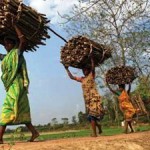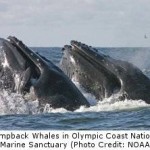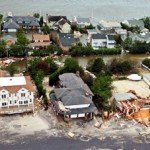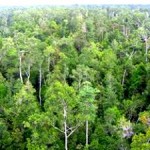
Panama – A week of formal climate negotiations in Panama ended on Friday, October 7, with progress on drafting those decision texts that will allow governments to push ahead strongly in Durban with concrete help for the developing world to deal with climate change.
“Panama made good progress on preparing the decisions that will help developing countries adapt to climate change and get access to the technologies they need to create their own clean energy futures,” said Christiana Figueres, Executive Secretary of the UN Framework Convention on Climate Change (UNFCCC). This includes meeting deadlines for the launch of the new Adaptation Committee and Technology Mechanism which were agreed at last year’s Cancun Climate Change Conference.
“It also made clear progress on how efforts to limit emissions by developing countries will be matched with necessary support from developed countries in a transparent way,” she said. This includes work on a new Registry to record and account for this effort, which was also agreed in Cancun.
The meeting in Panama City (1 to 7 October 2011) was the last formal negotiating session of the year designed to prepare for the next annual UN Climate Change Conference in Durban, South Africa (28 November to 9 December 2011).
“The progress made in Panama means governments can have more time and space in the coming weeks and during Durban to resolve those outstanding issues on the future of the global climate change regime which will require political guidance,” said Ms. Figueres.
“Durban will have to resolve the open question over the future of the Kyoto Protocol and what that means for a future global climate agreement. Governments retain different positions but many technical issues related to this have already been brought to conclusion and there is a strong desire from all sides to see a final political decision made,” she said.
Ms. Figueres noted that in Panama the South African Presidency led two inclusive and transparent consultations on these questions, one with governments and one with stakeholders and civil society.
Turning to the essential financial support that developed countries have pledged to the developing world, Ms. Figueres said Panama had provided a better view of how the USD30 billion in fast-track funds up to the end of 2012 have been committed and the plans to disburse them.
Meanwhile, governments put forward their ideas for mobilizing the long-term finance that should reach USD 100 billion a year by 2020. “It is critical that no financing gap occurs between the end of fast-start finance in 2012 and the ramp-up of long-term finance to 2020,” said Ms. Figueres.
Panama has also made some progress on the longer-term question of how governments will meet their agreed goal of limiting global average temperatures to no more than a 2°C rise, she said. In Durban, governments will look to decide the shape of a formal Review between 2013 and 2015, which they agreed in Cancun as a reality check on progress towards their temperature goal. Governments discussed doing this via a possible expert body which would receive updates on the latest climate change science and its assessments.
“Clarity on an effective, credible Review is most important, especially in light of the fact that the sum total of current national pledges to reduce global emissions falls 40% short of keeping below 2°C and that gap will have to be filled in the future,” said Ms. Figueres.
 About the UNFCCC
About the UNFCCC
With 195 Parties, the United Nations Framework Convention on Climate Change (UNFCCC) has near universal membership and is the parent treaty of the 1997 Kyoto Protocol. The Kyoto Protocol has been ratified by 192 of the UNFCCC Parties. Under the Protocol, 37 States, consisting of highly industrialized countries and countries undergoing the process of transition to a market economy, have legally binding emission limitation and reduction commitments. The ultimate objective of both treaties is to stabilize greenhouse gas concentrations in the atmosphere at a level that will prevent dangerous human interference with the climate system. For more information, visit http://unfccc.int.
Source: UNFCCC.














